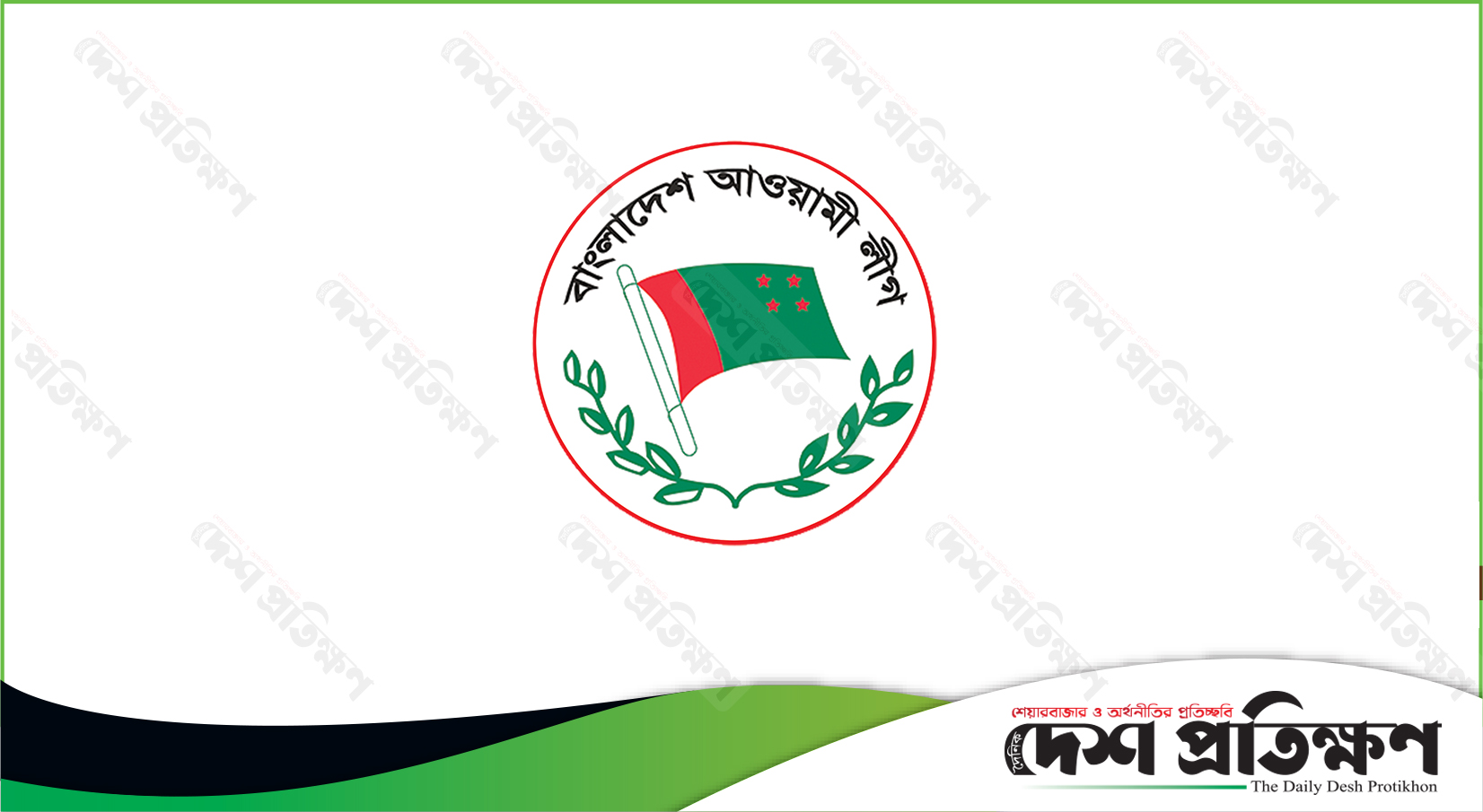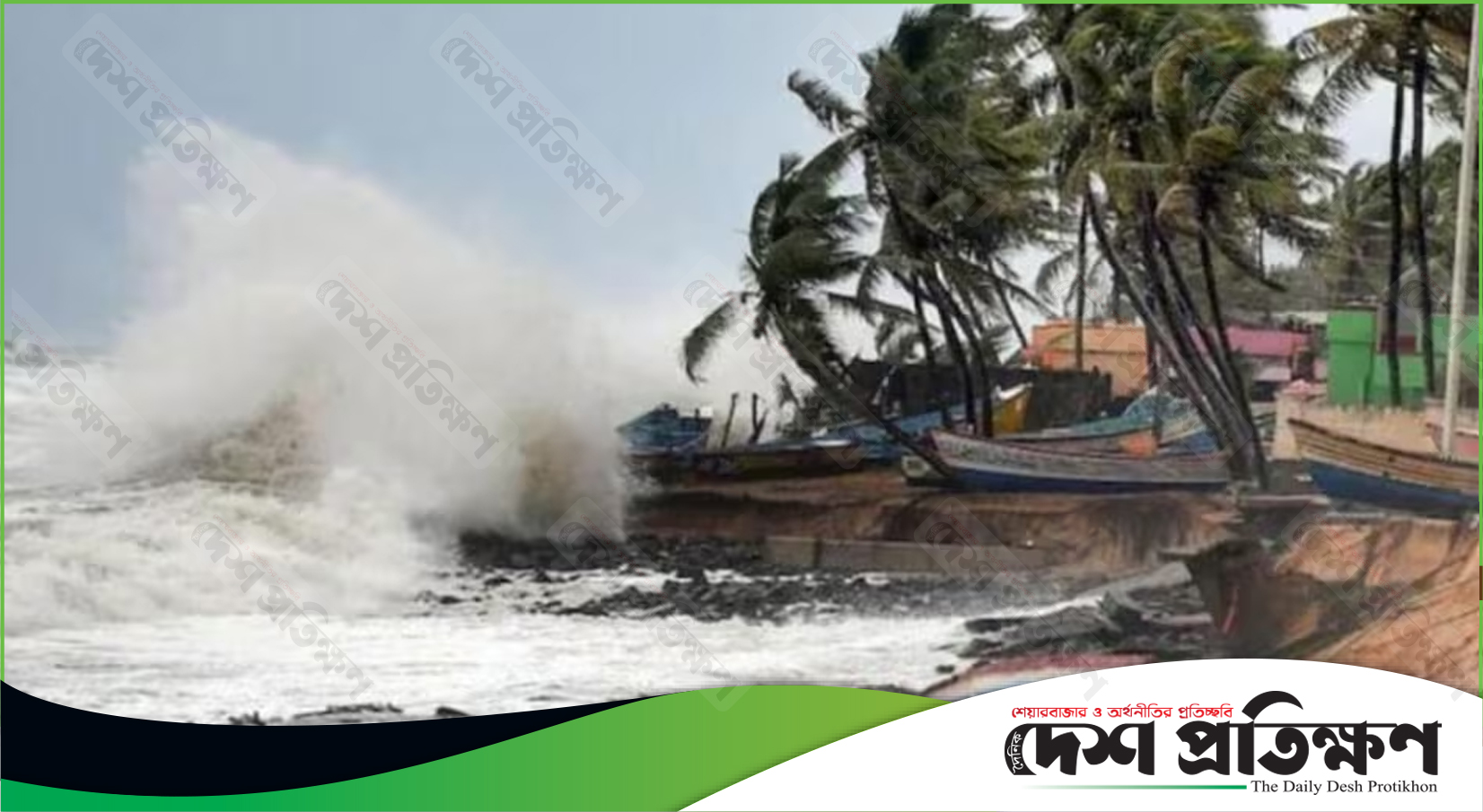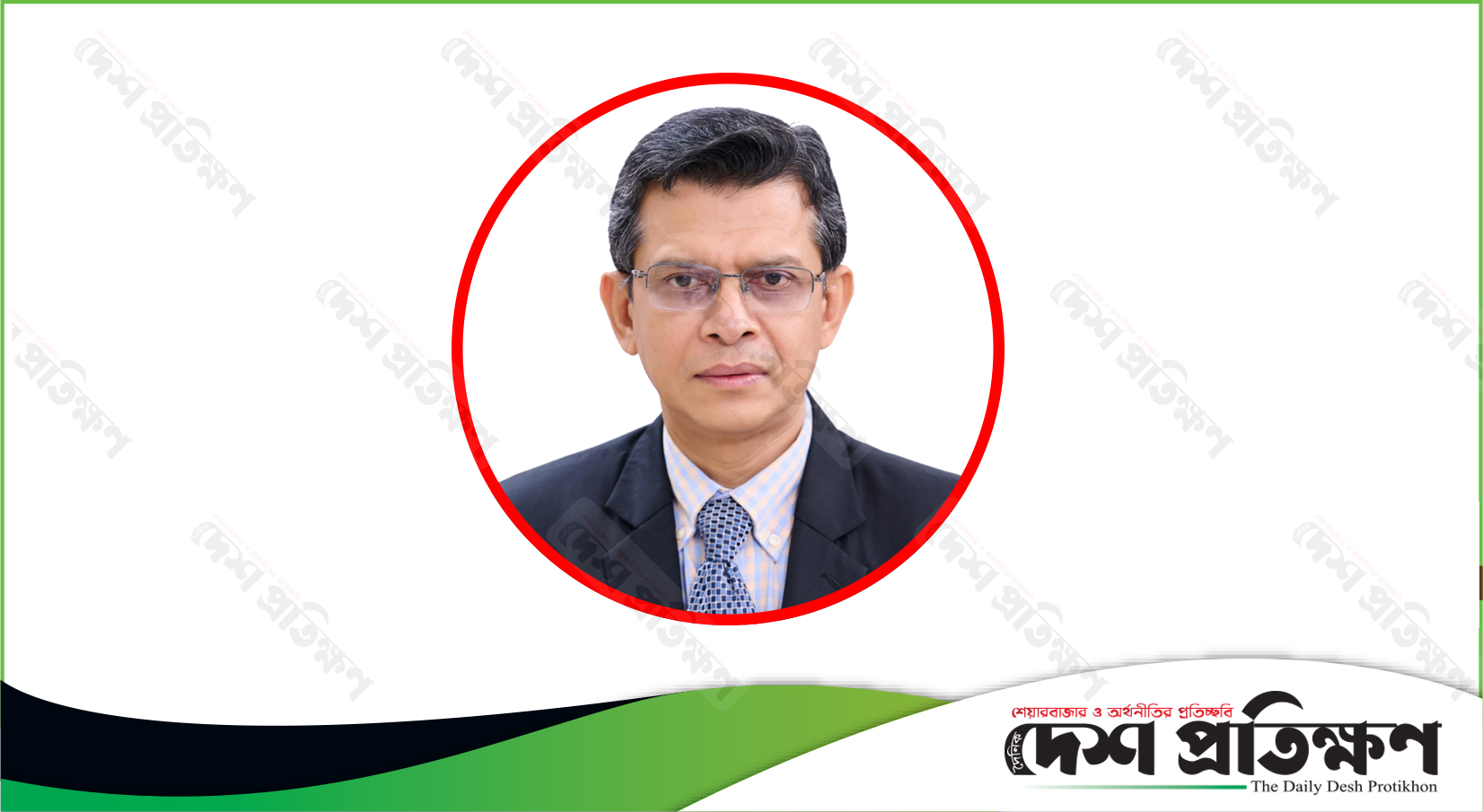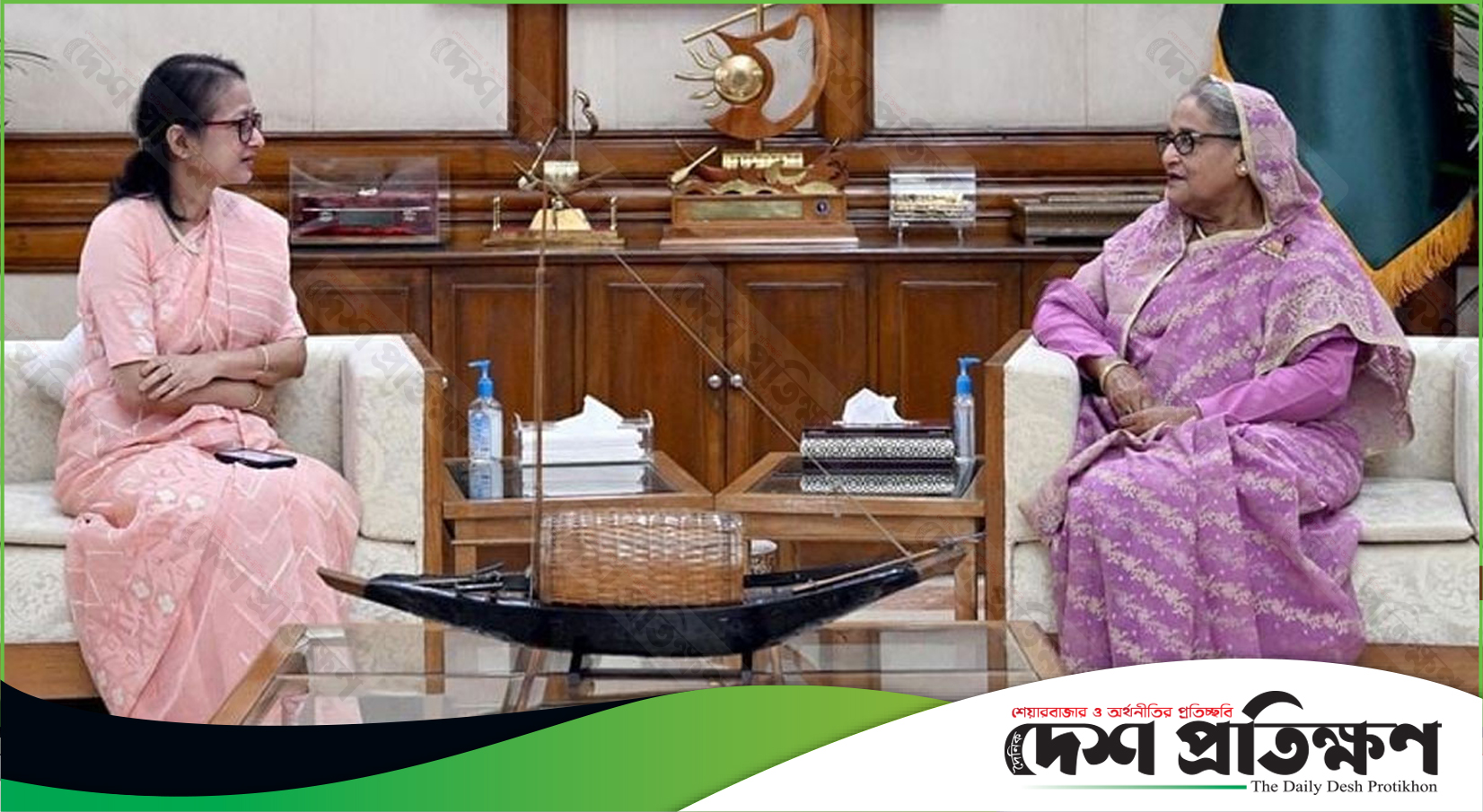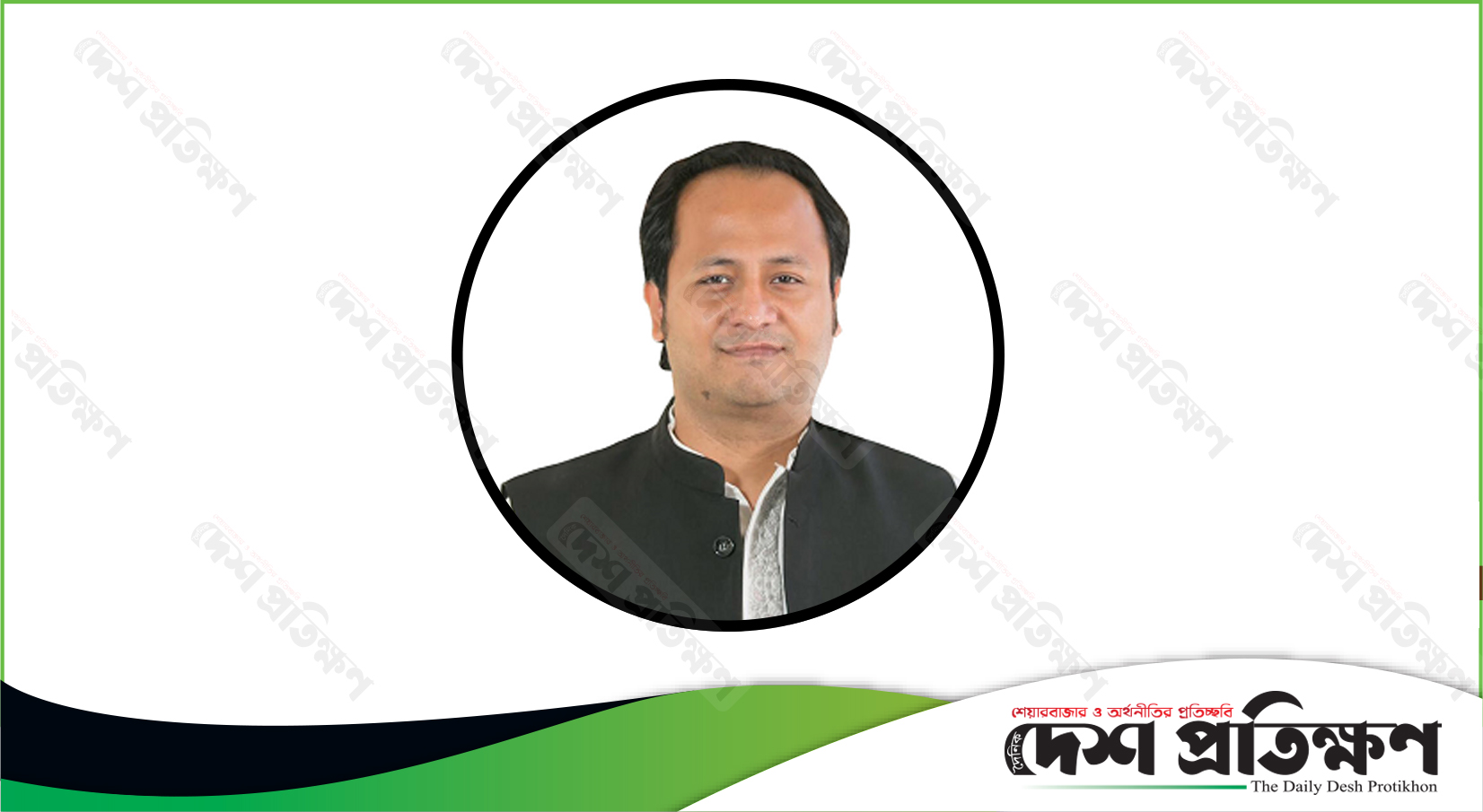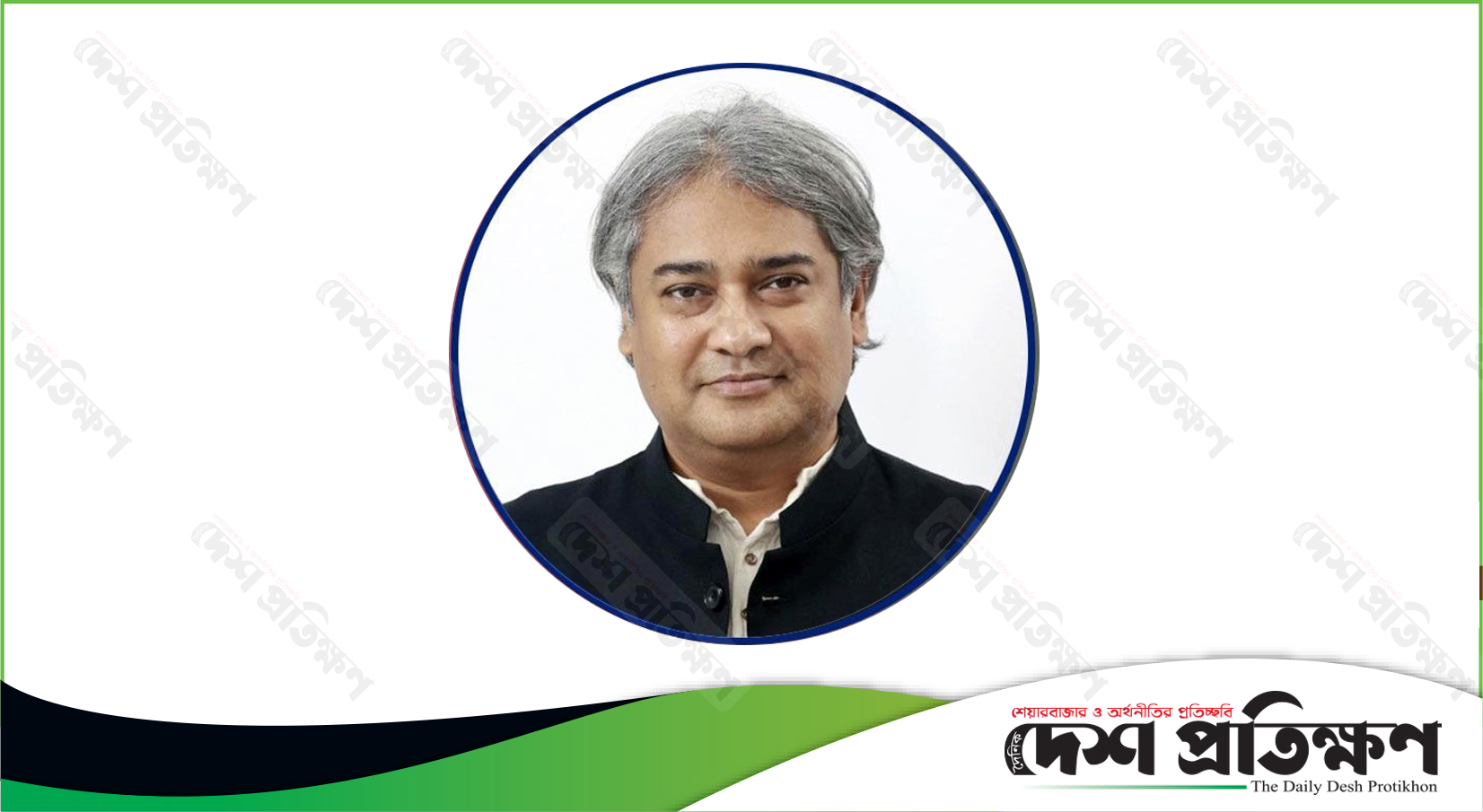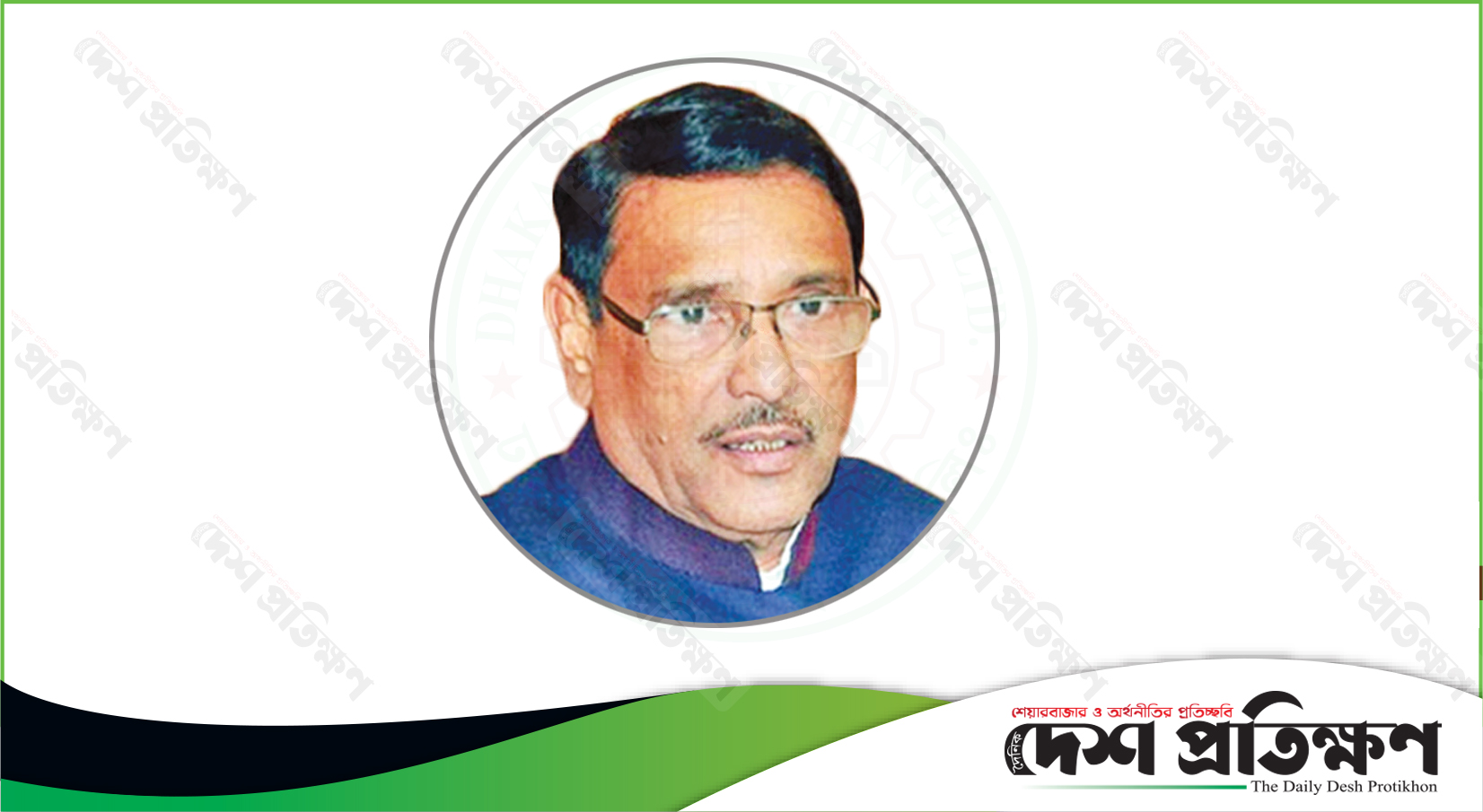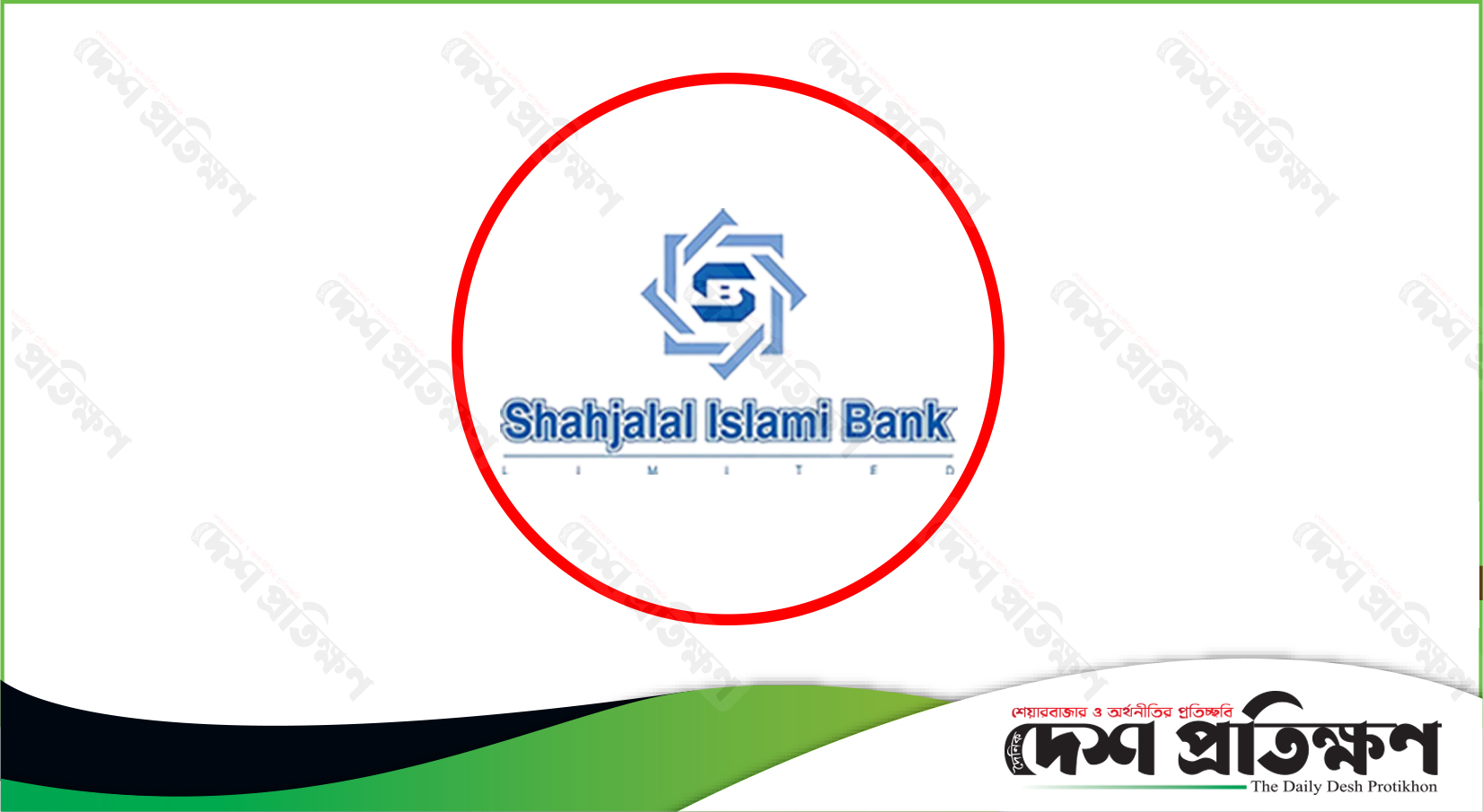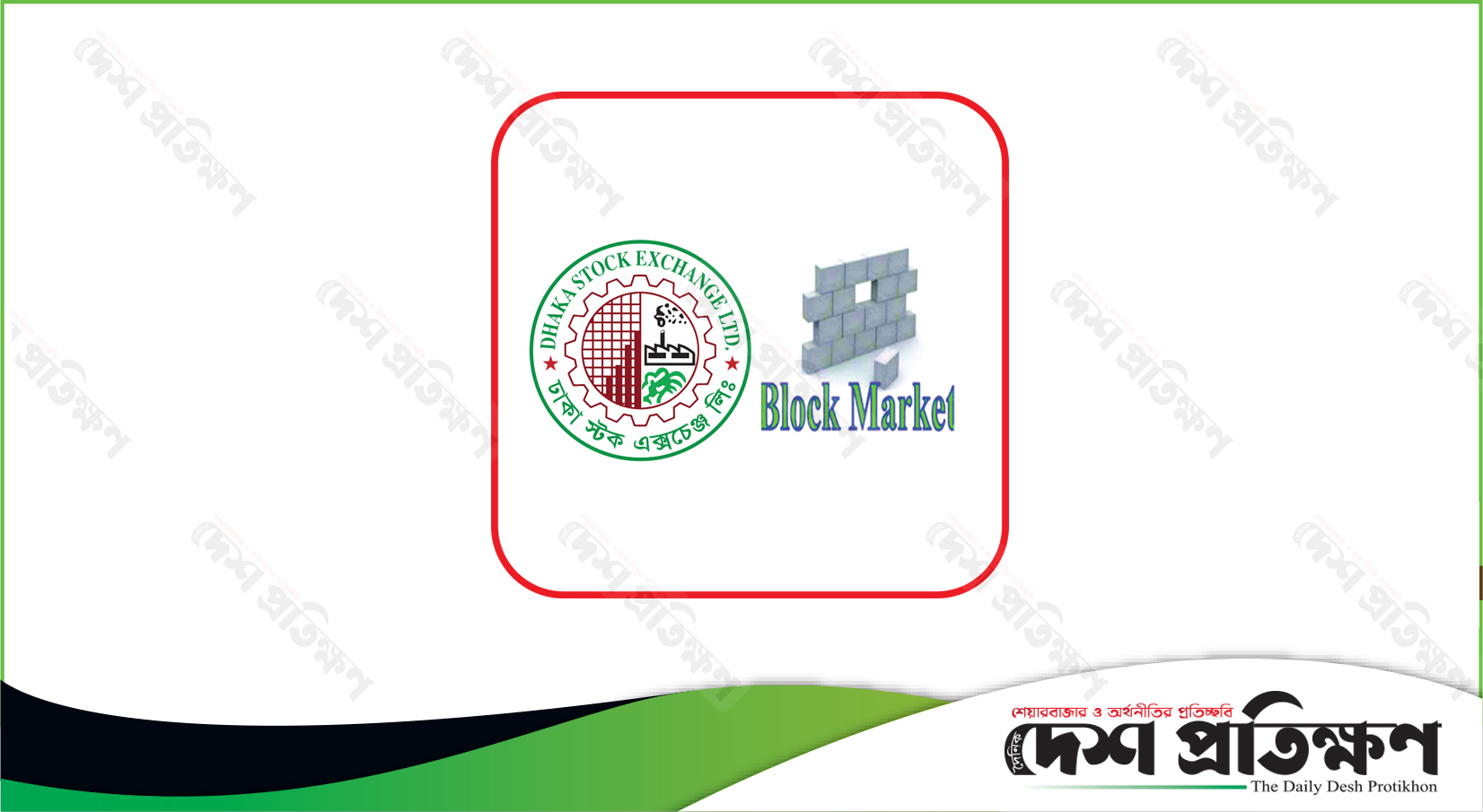Witnessing the emergence of ‘new normal’

 Professor Mamun Al Mahtab (Shwapnil): The world order had changed after World War II and so will it again in the post COVID-19 era. With COVID-19 impacting every sphere of our lives in every country and territory in every corner of the world, this pandemic is nothing less than the third world war that the world is currently facing.
Professor Mamun Al Mahtab (Shwapnil): The world order had changed after World War II and so will it again in the post COVID-19 era. With COVID-19 impacting every sphere of our lives in every country and territory in every corner of the world, this pandemic is nothing less than the third world war that the world is currently facing.
The world will never be the same as it used to be till December 31, 2019 in the post-COVID-19 era. Some changes of the ‘new normal’ world order is already evident. The recent developments in our region are possibly reflections of the same.
In the recent past PM Modi and President Xi Jinping had agreed to build on a relationship based on mutual trust and establish a ‘win-win situation’ for the two Asian giants, as they enjoyed the gentle New Delhi breeze, relaxing in the gentle swing with traditional Rajasthani performers dancing around them.
This reminded me of the developments during the early 1960s, when PM Zhou Enlai was the Chief Guest at the passing out ceremony of newly commissioned officers of the Indian Army.
Many of them were perhaps among those who fell subsequently to the Chinese Red Army in the short lived Indo-China border conflict that followed soon after. So as I was going through the horrific descriptions of Indian troops being ambushed by the Red Army in Galwan valley high up in the Himalayas, these came to me as no surprise. I could see history repeating itself.
As the white Himalayas became red with human blood after 45 long years as a consequence of another Indo-China conflict, in a statement circulated by the Press Information Bureau of the Government of India about the outcome of the All Party Meeting convened by PM Modi, we have learnt that the PM has assured the Indian politicians across party lines that decisive action will be taken against any attempts to transgress the Line of Actual Control (LAC).
He categorically said in the meeting, ‘unhe rokte hain, unhe tokte hain’, according to Press Information Bureau. In fact the tension is mounting as a local online has reported quoting Indian Daily Anandabazar that India is mobilizing at least 45 thousand troops with heavy fire power in the union territory of Ladakh.
This according to another report of the same newspaper is in response to erection of structures by the Red Army at least 137 meters into the Indian side of the LAC in patrol area 14, which has been under Indian control.
To add to this mounting uneasiness, Daily Anandabazar has been referred to in another report in a local online news portal that the Pakistan Army Chief has requested the country’s Health Minister to keep 50% hospital beds reserved for Pakistani servicemen and that the Health Minister has already responded by asking the health officials in the Pakistan occupied Kashmir to take measures accordingly.
While some back home are claiming victory for India in our social media quoting the Indian claim that 50 Red Army men had also perished in action in Galwan valley, the Chinese sympathizers on the other hand, are rejoicing over victory cancelling the Indian claim of Chinese casualties as media propaganda.
As I look into the sad events and the loss human lives, I chant neither for the Indians, nor for the Chinese. And my discomfort rises when I suddenly remember that our neighboring Nepal has recently amended it’s historical map by unanimously amending the country’s constitution in both Houses of their Parliament within the shortest possible time.
What happens with the geographic entity of Nepal shouldn’t bother me, except the fact that this is something happening next door. But the events actually bring creases to my forehead, because this is quite of a U-turn. India has been a major development partner of Nepal since the Indo-Nepal Friendship Treaty was executed in 1950.
About three thousand Nepalese students go to India every year under India Government scholarships for higher education and 40% foreign investment in Nepal is by the Indians. Nepal has seen a 66% rise in exports to India from 1996 to 2016.
More interestingly 40 thousand Nepalese are currently serving in the seven Gorkha Regiments of the Indian Army. Besides large number of Nepalese are also serving in the Indian police force. India spends approximately 12 billion US dollars annually only for welfare of the Nepalese service men retired from the Indian Army.
I am wondering what impact this Indo-Nepal tension will have on my country. We are expecting 900 MW electricity from the Karnali Power Plant of Nepal, which will become uncertain.
No doubt the proposed Indo-Bangla-Nepal rail connectivity and surface trading between Bangladesh and Nepal through Banglbandha of Bangladesh and Kakarvita of Nepal via Shiliguri of West Bengal, India will also suffer. Therefore I am not so comfortable.
At the same time, recent report by CNN quoting the US Secretary of State Mr. Mike Pompeo reiterating his country’s stand by the Indians in case of any Indo-China conflict, when asked by journalists in the Swiss capital, adds to my discomfort. My understanding was that the Galwan card was played with some anticipation that did not play as expected.
It was expected not only to distract attention from the possible withdrawal of Western investments from China, but also to distract re-investments in India and as a whole in our region with the region suddenly becoming so volatile. It was further expected that with an ailing economy, domestic disarray and Presidential elections knocking at the door, the US would also prefer not to become a party to this crisis.
It appeared to be the case in the immediate aftermath of Galwan, but does not seem to be so any more after the latest Mike Pompeo statement.
Finally it was possibly anticipated that the Indian ‘generation next’ would prefer Chinese investments and imports over ‘Indianism’, but that did not happen at all, rather the Chinese are now looking to make money by exporting growingly popular ‘boycott China’ caps and t-shirts to India.
As the graph of my discomfort peaks, the question that hunts me is whether these developments are related to the ‘new normal’ world order. No doubt these developments around our perimeter during these changing times will eventually have their impact on us as well.
So how to respond? And as I storm my idle brain in my present ‘post-COVID-19 isolation turned quarantine state’, I revert to Bangabandhu for the answer. Bangabandhu throughout his life had struggled for certain causes, which are printed in black and white in the ‘four pillars’ of the constitution of independent Bangladesh that he presented to his people in November, 1972.
His ‘Sonar Bangla’ will be the Bangladesh that will be based on secularism and would ensure equal right for every citizen in the spirit of 1971.
His foreign policy in achieving his dream was ‘friendship to all and enmity to none’ keeping own head high. This is the Bangladesh that his able daughter Hon’ble PH Sheikh Hasina is today relentlessly pursuing to establish.
With two Asian giants on two sides and a strategic geographic location, the importance of Bangladesh in the ‘new normal’ world will only increase, but as we climb to newer heights, we have to ever more cautious against any accidental slip.
Our government has shown enough maturity in balancing the two emerging global leaders till date. It is now for the people and the politicians of the country to play wise. We must never allow glitters to blind us and must we not also forget to revert to our history when glitters glow too brightly!
Professor Dr Mamun Al Mahtab is Chairman, Hepatology Department, Bangabandhu Sheikh Mujib Medical University, Bangladesh and Member Secretary, Sampritee Bangladesh



